Interview from the Nüart Gallery Editorial
Q: What does a typical day in the studio look like for you?
A: One of Pablo Picasso’s best known quotes is, “Inspiration exists, but it has to find you working.” I’d like to unpack the word “work” throughout this interview.
I start by collecting information. Some might call it “piddling around”. For example I’ll ask the question, “what is a white wall?” Then I’ll spend the next week testing different hues of white paint and explore lighting on different walls. As I piddle, I have music playing in the background, and when a good song comes on, I save it in a playlist. This new playlist will become part of the foundation for a new painting series.
This first chapter in my studio practice also includes looking, and playing with ideas around possible supports, materials and scale. I think about new methods and experiments I want to take part in. Inspiration comes in the form of a title and color parameters for the new series.
The next chapter may be what some call “work”. I am no longer gathering information, but processing. I stretch and prime, lay down colored grounds, and begin working with the first value studies. I have a sense of where I want to go, and which colors I will use, but I don’t know how it will unfold.
The final chapter is the most exciting. When the glaze layers are really taking shape, I work in a state of awe and gratitude. I lose track of time, I lose track of myself.
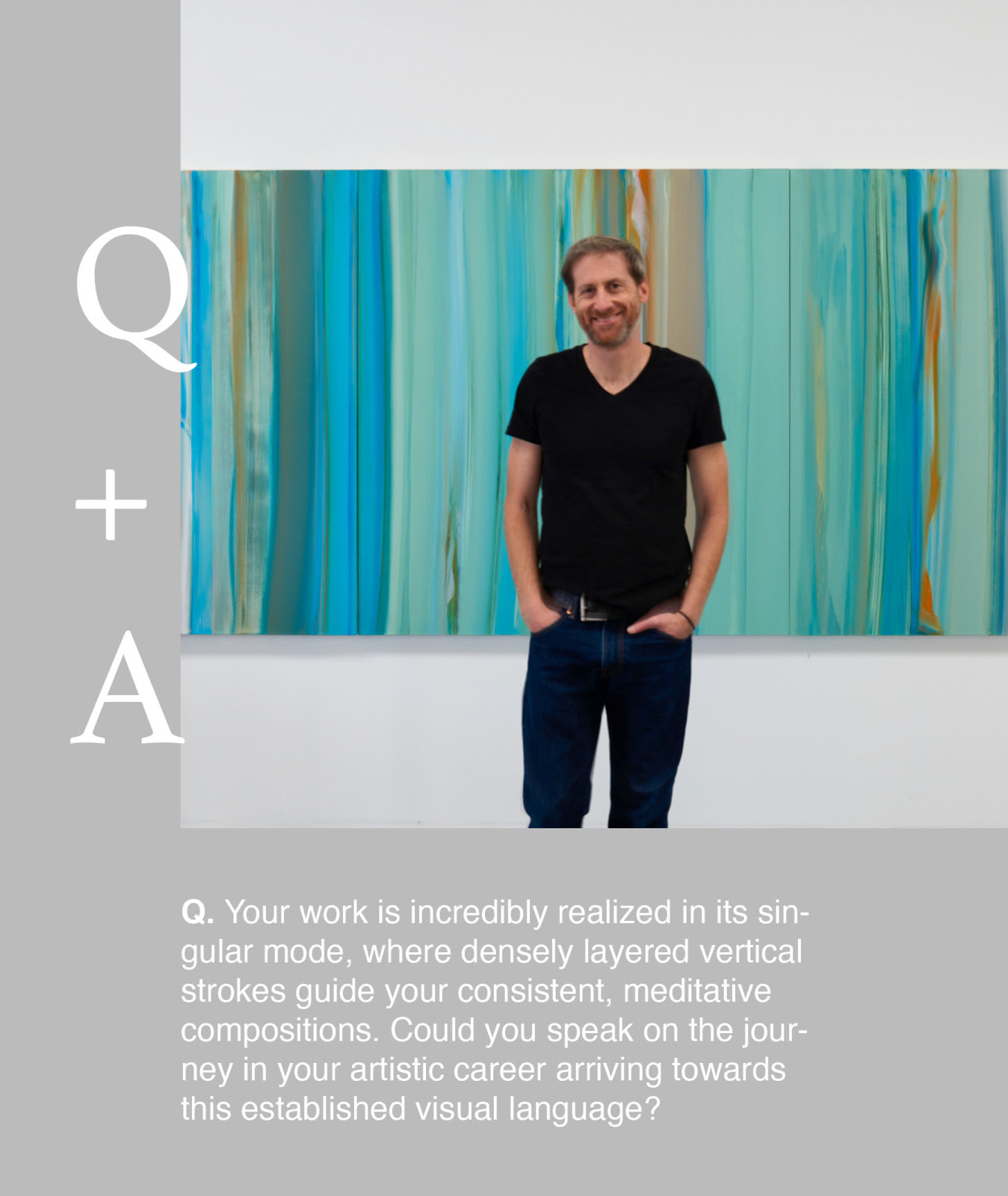
Q: Your work is incredibly realized in its singular mode, where densely layered vertical strokes guide your consistent, meditative compositions. Could you speak on the journey in your artistic career arriving towards this established visual language?
A: My task was to find the most reduced, paired down form of painting I could find conceptually and practically. As I became honest with myself, I admitted I had no interest in playing with a subject matter or objects, and I didn’t want to come up with new ideas. It seemed like an impossible situation. Half way through my thesis in graduate school, I turned my paintings to the wall and started over. I first looked at scale independent of formal qualities. My vertical strokes were a happy accident. They were originally intended as a measuring device, but struck an impression at my core, which I had to explore.
Q: Your color explorations are beautifully exhaustive, without any one painting mimicking another despite their cohesive, uniform structure. How do you fuel this tonal curiosity and keep striving for new variations?
A: In my recent series, “Eastern Gate”, I found a new color combination of a particular pink and a particular grey. These are the same colors as early morning winter clouds in Santa Fe. Those colors could end up being the primary colors in a future series, but this time around they only surfaced once, like a charming person entering the room, lighting up the dance floor and then leaving without a trace. In theory I could remix paints to force those colors on to my palette. However, taking an active role mostly yields uninspiring paintings. It’s difficult to explain, but those who studied the early surrealists and abstract expressionists are clued into automatism and revealing layers of the unconscious mind. It seems that who we are in relation to “the other” is ever changing and never static.
Heraclitus stated, “you can’t step in the same river twice”. If we peal back the layers, one can not find a distinct “me” or “self”. When I enter into a non-personal feedback loop, my work mirrors one particular moment of interaction that will never occur again. This is simple, but not easy. This is also my “work”, and one reason why I work in a singular mode of repetition.
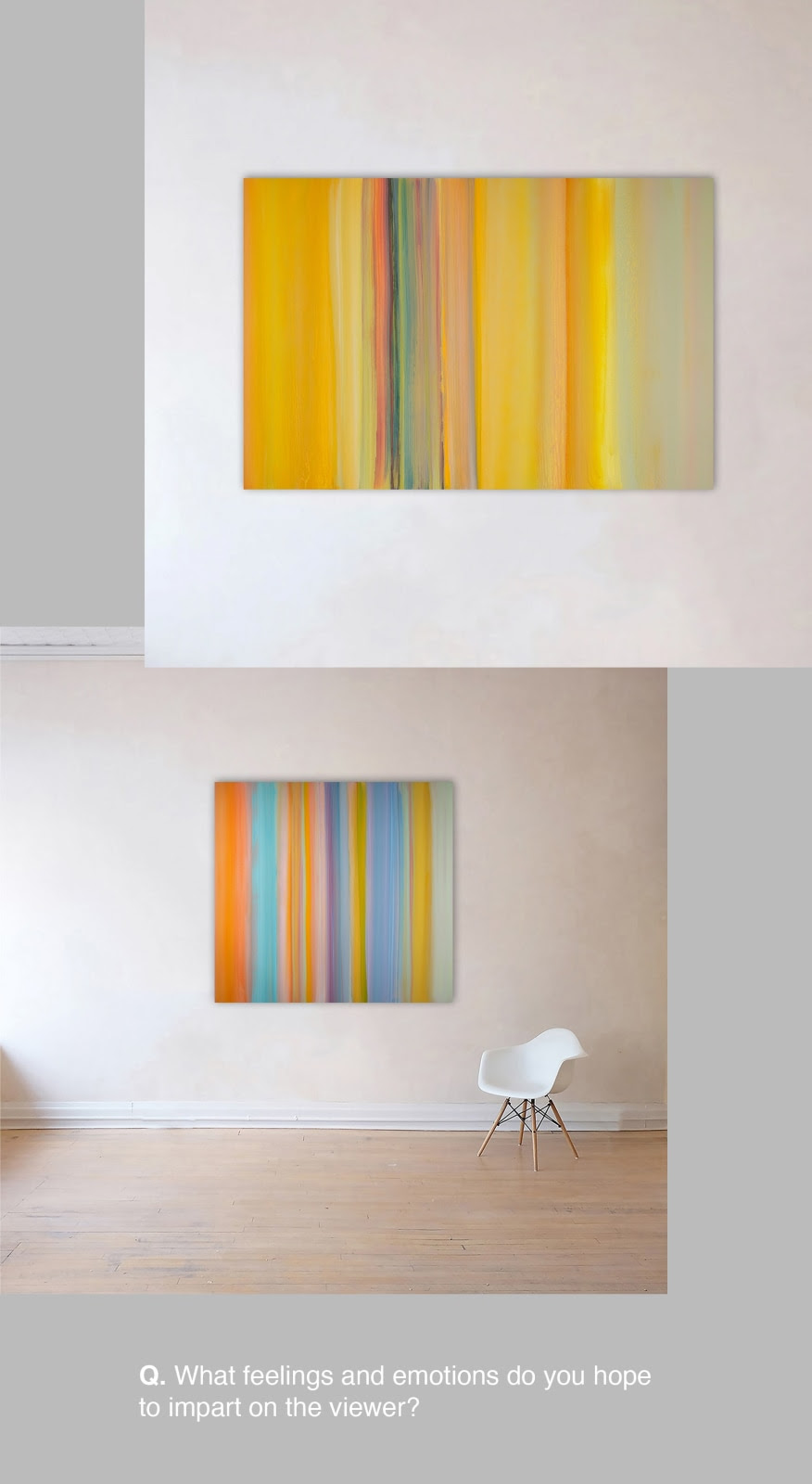 Q: What feelings and emotions do you hope to impart on the viewer?
Q: What feelings and emotions do you hope to impart on the viewer?
A: Living in New York City in the late 90s, “those in the know” had declared, once again, “that painting is dead”. Despite this trendy declaration, I found myself still in awe of painting. Perhaps early childhood memories of my dad making art played a part, but it’s not nostalgia. I’m not stuck in a specific time period responding to certain dead artists. I see painting as the absolute best technology I can ever fathom for capturing a moment. The moment dries exactly as one’s experience, like an hourglass tipped on its side. What I experience in the final glaze layers, and what I wish to impart is the mystery of awe.
Q: Could you share with us any more information on the tactile process of your work? There is such a drama to your strokes and layering that beckon an interest to know more, if you wouldn’t mind.
A: I am grateful to my many teachers. One painting teacher, Peter Saul, taught me to look at surface. Though his paintings are known for outlandish satirical subject matter, I am still in awe when I look at the surfaces of his canvases. He taught his students nuts and bolts techniques for layering and invited us to his studio to see new works in progress…I later had the chance to teach and better understand the rules of painting. Yet we all know, rules are meant to be broken. I have a natural tension and opposition to repetition and staying within the lines. Somehow I never tire of this opposition, and these emotions play out like compost in a garden. If emotions take center stage, the painting feels gimmicky. If the emotions get entirely smoothed over, the painting looks like perfectionist Op Art. This dialectic can bring my body and mind together, not in compromise, but as an unending play.
Q: Anything else you’d like to share with us about your work?
A: During recent periods of isolation and lockdowns, my paintings became small and contemplative. The “Invitation” series was created in the first months of the pandemic. In the absence of community and social creativity, I made intimate post-card sized works, knowing these would not be seen in person until we could gather again. The “Eastern Gate” series is an entry point into a new mandala. I chose bold and celebratory colors, but the paintings are not innocent. We’ve all been through external loudness and impressions of extremism. So I searched for celebratory colors, yet colors that do not compete for attention.
Image Credit: KIM RICHARDSON
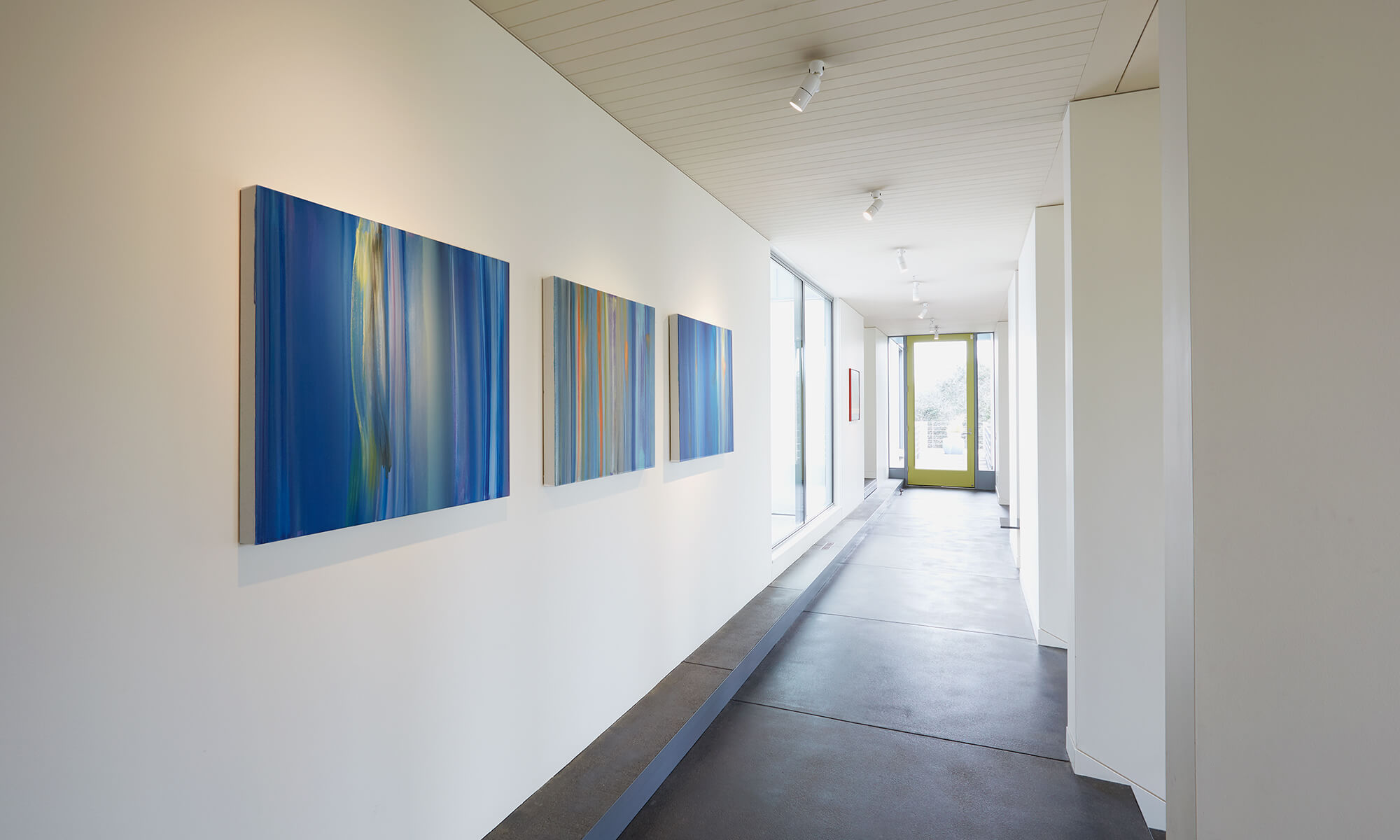
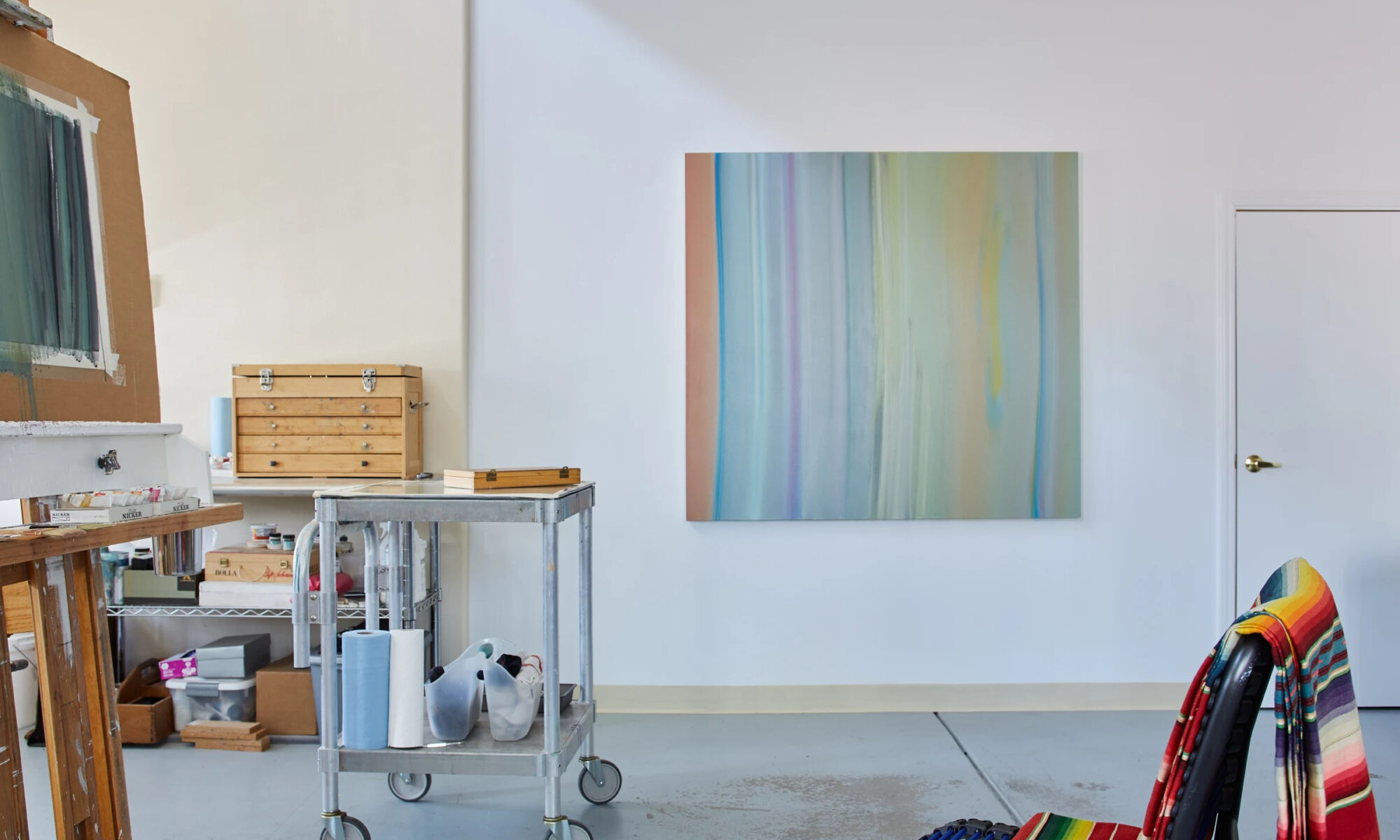
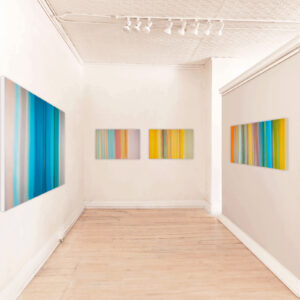
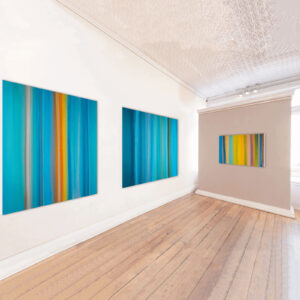
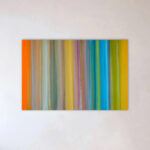
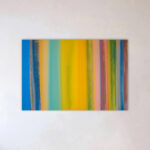
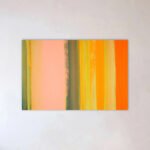
One Reply to “Nüart Gallery: Artist Spotlight 2023”